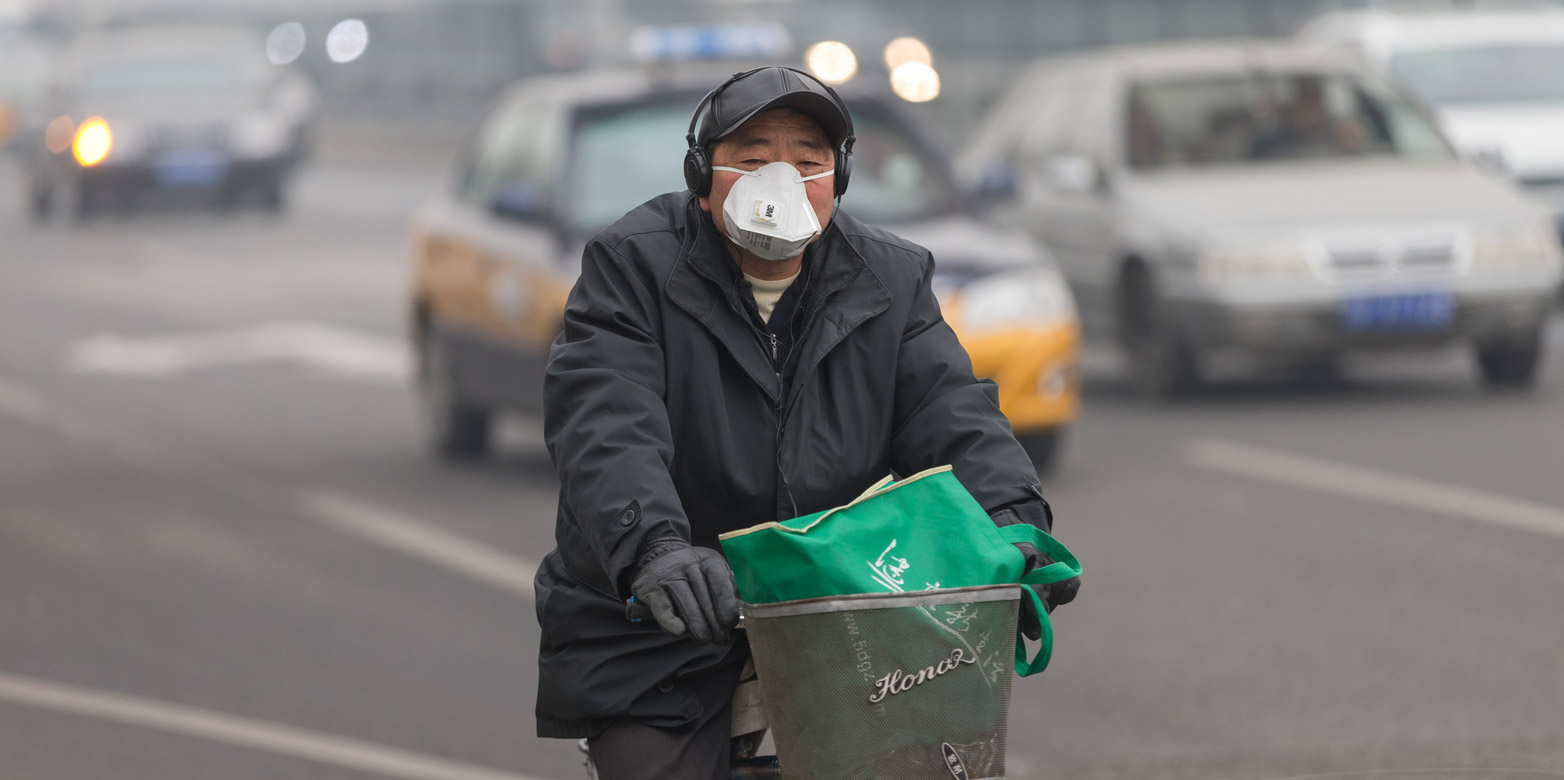A question of perspective
When it comes to implementing the Paris Agreement, the long-term view of climate change dominates, says Lukas Fesenfeld. This is a wasted opportunity.

The 24th UN Climate Change Conference begins today in Katowice, Poland. Participants will discuss the practical implementation of the Paris Agreement, known as the “rulebook”. Particularly interesting is the role of the US, which – despite its announced withdrawal from the Paris Agreement – still sometimes leads the way. The fact is that, in recent years, the US’s CO2 emissions have reduced more than almost any other G20 country – not least, because the US produces significantly more electricity from shale gas.
Depending on how you look at it, however, the picture is not quite so rosy – shale gas extraction increases methane emissions (CH4), a climate pollutant that is particularly damaging in the short-term. This produces a conflict of objectives between long-lived CO2 and short-lived CH4.
Climate experts argue that in order to avoid dangerous climate tipping points and extreme weather events in the coming years, we not only need to reduce CO2 but also short-lived climate pollutants such as CH4 and black carbon. This is also important for the UN Sustainable Development Goals in order to avoid health damage through air pollution.

The short-term view of climate protection
When the Paris Agreement rulebook is negotiated in Katowice, countries should weigh up the short- and long-term perspectives. One hidden problem is in the choice of the metric for the seemingly objective conversion of various climate pollutants into comparable values: their global warming potential (GWP) or CO2 equivalent. This metric for the relative contribution to global warming is actually not purely scientific, but has a political foundation.1
Traditionally, the warming effect of various harmful substances is compared over a time frame of 100 years (GWP 100). To date, this has also been the case for national climate protection goals as per the Paris Agreement. If we were to take a short-term (e.g. GWP 20) as well as a long-term climate change perspective, it would have significant consequences: depending on the time frame, the GWP for various greenhouse gases can vary (for an example, see 2), so that global emissions differ both absolutely and relatively.
Focus on methane and black carbon
In a recent commentary in Nature Climate Change3, we compared global emissions from various climate pollutants with each other from both a short- and long-term perspective. Compared to a GWP 100 viewpoint, the emissions when seen over a GWP 20 time frame rise across all sectors by around 53 percent to 88.9 gigatonnes of CO2 equivalent.
«There is huge potential to reduce short-lived emissions often cost-effectively, particularly in countries with a large energy and agricultural sector.»Lukas Fesenfeld
Methane and black carbon make the biggest contribution to this substantial increase when seen from the GWP 20 perspective. Methane emissions from agriculture and animal husbandry play a particularly prominent role. In addition, methane and black carbon from fossil fuel extraction and from traffic add substantially to global warming in the short term. This means that there is huge potential to reduce short-lived emissions (often cost-effectively), particularly in countries with a large energy and agricultural sector.
A chance for the Paris “rulebook”
In the negotiations about the Paris Agreement, the long-term (100-year) perspective seems to dominate. In our opinion, it would be a wasted opportunity if the short-term view continues to be ignored and the conflict of objectives is not discussed. After all, short-lived climate pollutants can partly be reduced more easily than CO2. Our specific suggestions for the Paris “rulebook” are:
- Short-lived climate pollutants should be explicitly included in the national agreements on objectives as well as long-lived ones.
- When discussing emission rights under Article 6 of the Agreement (particularly urged by Switzerland), greater consideration should be given to the reduction potential of short-lived climate pollutants.
- International organisations and ambitious groups of states can drive forward the reduction of short-lived climate pollutants, such as by promoting technological innovations.
We firmly believe that the choice of a long- or short-term climate protection perspective is anything but purely scientific: it is in fact deeply political. Instead of “hiding” this debate behind technical, seemingly objective conversion factors, we should conduct the discussion openly.
If the world ends its one-sided long-term climate protection perspective, it could also help to reduce the psychological distance and subjective non-involvement – both of which are some of the biggest hurdles for effective climate protection.
Lukas Fesenfeld wrote this article together with Tobias Schmidt.
Further information
1 see chapter 8 in the 5. IPCC Assessment Report
2 GWP values for methane: with a 100-year time frame, the GWP of CH4 amounts to 34 CO2 equivalent. This means that CH4 is 34 times as environmentally damaging as CO2 in this 100-year time frame. When seen over a 20-year time frame, however, the GWP of CH4 amounts to 86. In the short term, CH4 therefore contributes 86 times more to the greenhouse effect than CO2. One reason for this is the short retention time of CH4 in the atmosphere – only 12 years.
3 Fesenfeld L, Schmidt T, Schrode A (2018). external pageClimate policy for short- and long-lived pollutantscall_made. Nature Climate Change. Volume 8.
